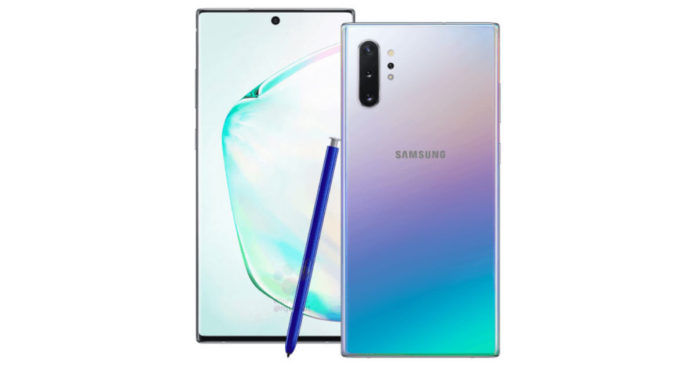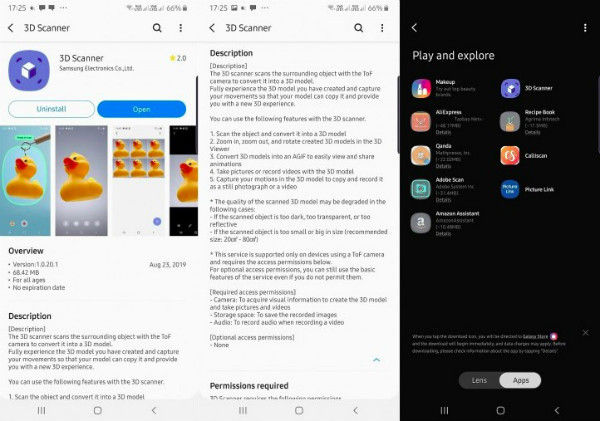 |
| Redmi 9 |
⬅️Link to purchase

| Performance | |
| Octa core (2.73 GHz, Dual Core + 2.4 GHz, Dual core + 1.9 GHz, Quad core) | |
| Samsung Exynos 9 Octa | |
| 12 GB RAM | |
| Display | |
| 6.8 inches (17.27 cm) | |
| 1440x3040 px, 495 PPI | |
| Dynamic AMOLED | |
| Camera | |
| 12 MP + 12 MP + 16 MP Triple Primary Cameras | |
| LED Flash | |
| 10 MP Front Camera | |
| Battery | |
| 4300 mAh | |
| Fast Charging 2.0 | |
| USB Type-C port | |

 Jio’s set top box is equipped to support VR and MR content. The company demonstrated MR content in different categories like shopping, education and movies. MR shopping will let users experience the clothes they wish to purchase. Jio will also launch its Holoboard MR headset soon. The MR headset is developed by Tessarect, a startup Jio invested in recently.
Jio’s set top box is equipped to support VR and MR content. The company demonstrated MR content in different categories like shopping, education and movies. MR shopping will let users experience the clothes they wish to purchase. Jio will also launch its Holoboard MR headset soon. The MR headset is developed by Tessarect, a startup Jio invested in recently. Reliance Jio will broadcast channels from local cable operators (LCOs). The telco has already acquired controlling stakes in Hathway, DEN and GTPL. These LCOs will be able to broadcast HD content to Jio GigaFiber customers.
Reliance Jio will broadcast channels from local cable operators (LCOs). The telco has already acquired controlling stakes in Hathway, DEN and GTPL. These LCOs will be able to broadcast HD content to Jio GigaFiber customers. Jio’s set top box also supports console gaming with compatibility for all gaming controllers. The set top box comes with a built-in graphics card. At launch, the set top box will support games like FIFA 2019. Jio has also partnered with companies like Tencent Games and Microsoft to bring in more games in the future. Jio also promises zero latency gaming with its set top box.
Jio’s set top box also supports console gaming with compatibility for all gaming controllers. The set top box comes with a built-in graphics card. At launch, the set top box will support games like FIFA 2019. Jio has also partnered with companies like Tencent Games and Microsoft to bring in more games in the future. Jio also promises zero latency gaming with its set top box. With the Jio set top box, customers will have access to premium content from leading OTT platforms. There’s also a ‘First Day First Show’ feature which will allow customers to watch movies the same day as the theatre release. This feature will be available in mid-2020.
With the Jio set top box, customers will have access to premium content from leading OTT platforms. There’s also a ‘First Day First Show’ feature which will allow customers to watch movies the same day as the theatre release. This feature will be available in mid-2020. Jio GigaFiber customers will able to make free voice calls from the landline to any operator (mobile or fixed) in India. The set top box also support group video calls up to four members. Jio also unveiled international calling packs priced at Rs 500 per month which offers unlimited calls to the US and Canada.
Jio GigaFiber customers will able to make free voice calls from the landline to any operator (mobile or fixed) in India. The set top box also support group video calls up to four members. Jio also unveiled international calling packs priced at Rs 500 per month which offers unlimited calls to the US and Canada. About Swift
About Swift  The 2017 Suzuki Swift is based on the Baleno's lightweight platform and hence has shed weight by 100 kg over the present model. On the exterior, the new Swift gets a hexagonal grille with chrome insert, projector headlamps with LED DRLs (Daytime Runing Lamps), LED tail Lamps, ORVM's indicator and Fog lamps. Along with this, the hatchback features blackened out A, B & C pillars and rides on16-inch alloy wheels. A key change in the new Swiftis the placement of the rear door handles on the C-pillar, similar to the Chevrolet Beat.
The 2017 Suzuki Swift is based on the Baleno's lightweight platform and hence has shed weight by 100 kg over the present model. On the exterior, the new Swift gets a hexagonal grille with chrome insert, projector headlamps with LED DRLs (Daytime Runing Lamps), LED tail Lamps, ORVM's indicator and Fog lamps. Along with this, the hatchback features blackened out A, B & C pillars and rides on16-inch alloy wheels. A key change in the new Swiftis the placement of the rear door handles on the C-pillar, similar to the Chevrolet Beat.